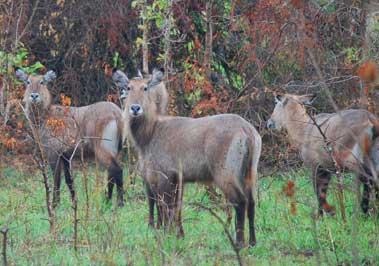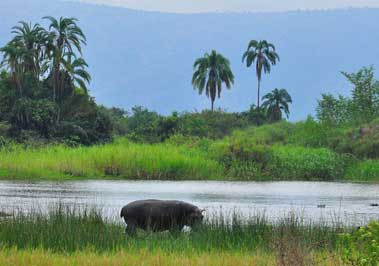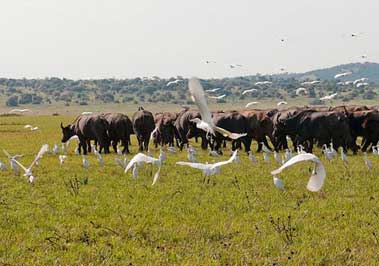Akagera National Park was founded in 1934. It’s located in the northeast of Rwanda along the border with Tanzania. Initially, much of its land was allocated to farms. However in 2010, a joint venture with African Parks saw Akagera National Park return to its former glory.
Akagera National Park is named after the Akagera River which flows along its eastern boundary. The river feeds into a labyrinth of lakes with Lake Ihema being the largest lake. The forest-fringed lakes, papyrus swamps, savannah plains and rolling highlands combine to make Akagera one of the most amazing reserves in Africa. Akagera National Park has exceptional levels of biodiversity and therefore, forms the largest protected wetlands in central Africa.
Akagera combines well with Nyungwe and the Volcanoes National Park to offer a great safari element as a whole. It’s entire ecosystem supports many wildlife species with notable ones being found in the plains. They include elephants, buffaloes, topis, zebras, water-bucks, roan antelopes and elands. The ecosystem also supports an assortment of various bird species with some being restricted to the papyrus swamps. These are the Sitatunga and the most sought-after Shoebill Stork.
Due to its wide variety of habitats, Akagera is an important ornithological site with nearly 500 bird species. The rare and elusive shoebill shares the papyrus swamps with other rare birds such as the exquisite papyrus gonolek and countless other water birds that inhabit the wetlands in large numbers.




